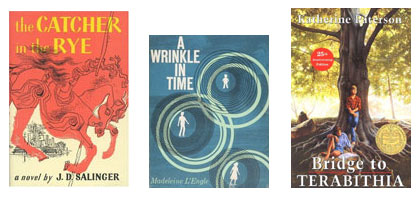This was first published in August of 2014. On our countdown of Most Read Blog Posts, it’s number 5. In which we look at the idea of “fun” in connection with writing children’s books.
The other day I was having my annual eye checkup. Lisa, the young technical assistant was going over my basic data sheet.
LISA: It says here you are a writer. What do you write?
AVI: Novels for kids.
“That must be fun,” she says and moves on to my medical history.
“That must be fun” is the most common response folks articulate upon learning what I do for a living. I suspect it conveys a whole range of inferences, such as: since your writing is about kids, the work cannot be hard; that books for young people are about lightweight subjects; that writing for young people means your life is like a young person’s life, which is to say, without much responsibility, ergo fun. This happens, I suspect because what is embedded in adult memory about their reading when young—if they did read—are books which they recall as frivolous.
At an early stage of my existence, the preeminent shared reading experience among us young, would-be writers was The Catcher in the Rye. Moving along a time line, it became A Wrinkle in Time, then The Bridge to Terabithia. No doubt, other writers can reference other titles that caught and held their emotional intellect enough to make them say, “I want to do that.”
In short, the book which provides the greatest impact is the one full of complex ideas, characters, and emotions, a book which articulates and echoes the complex ideas, characters, and emotions of the young reader. There is nothing wrong about books that are fun. More power to them. I do believe, however, it is the hard book that opens the mind and keeps it open.
